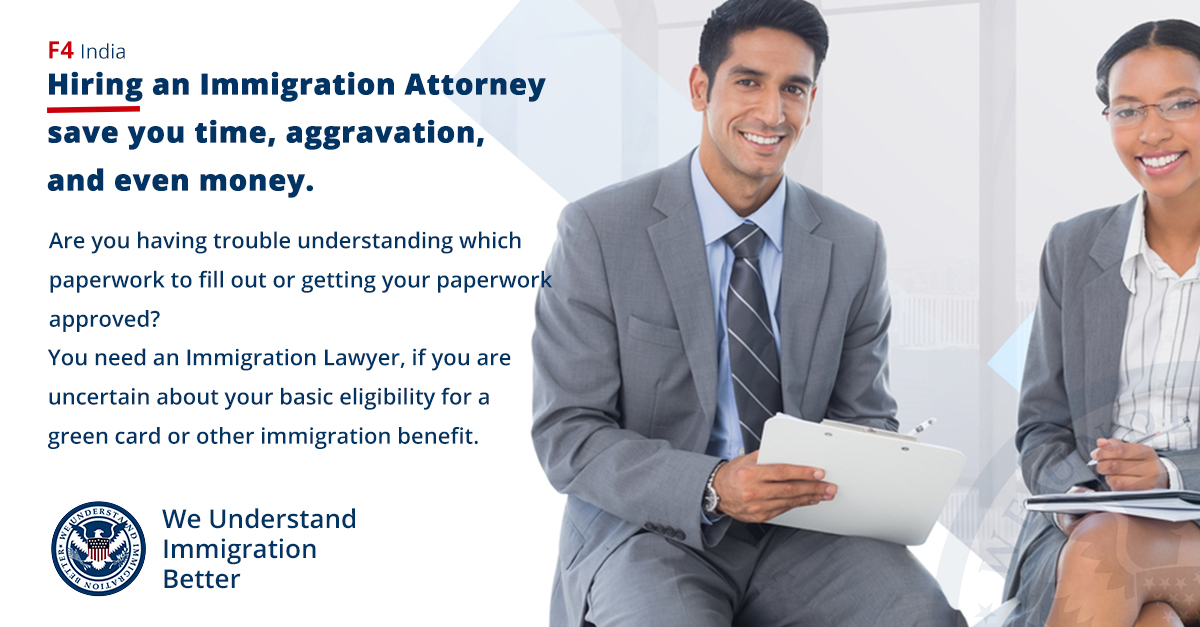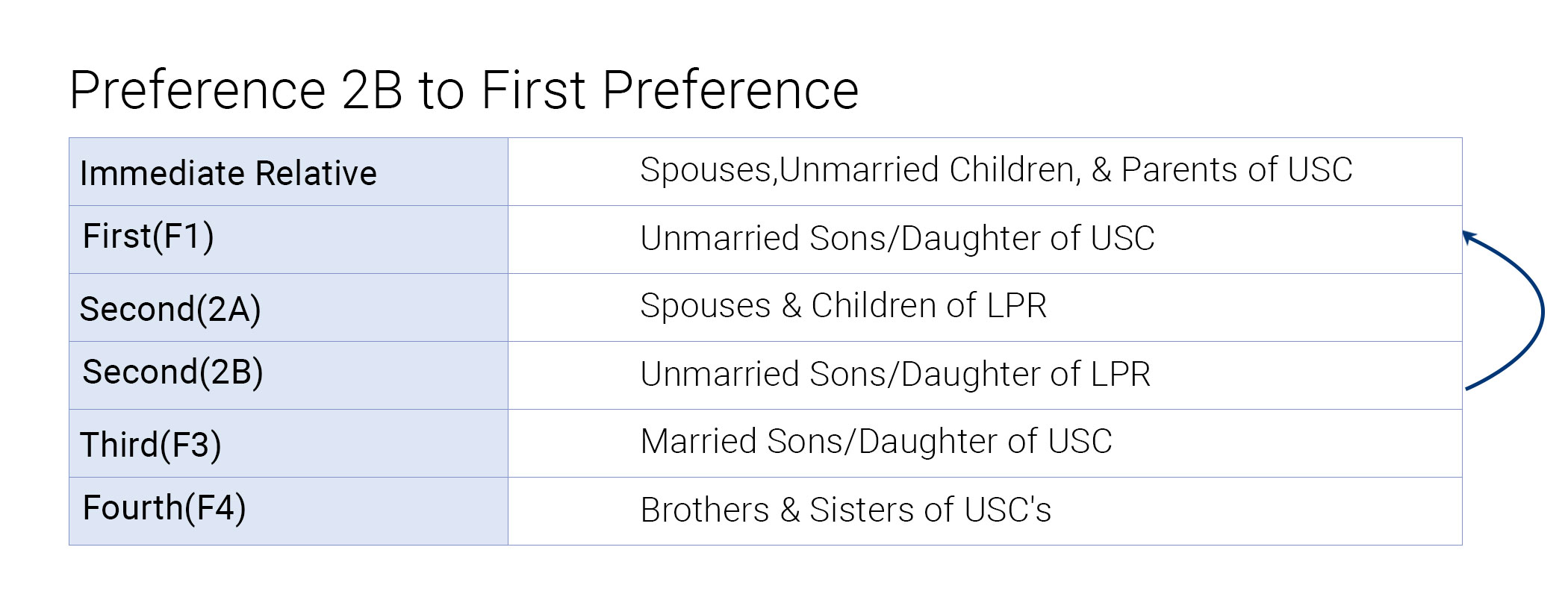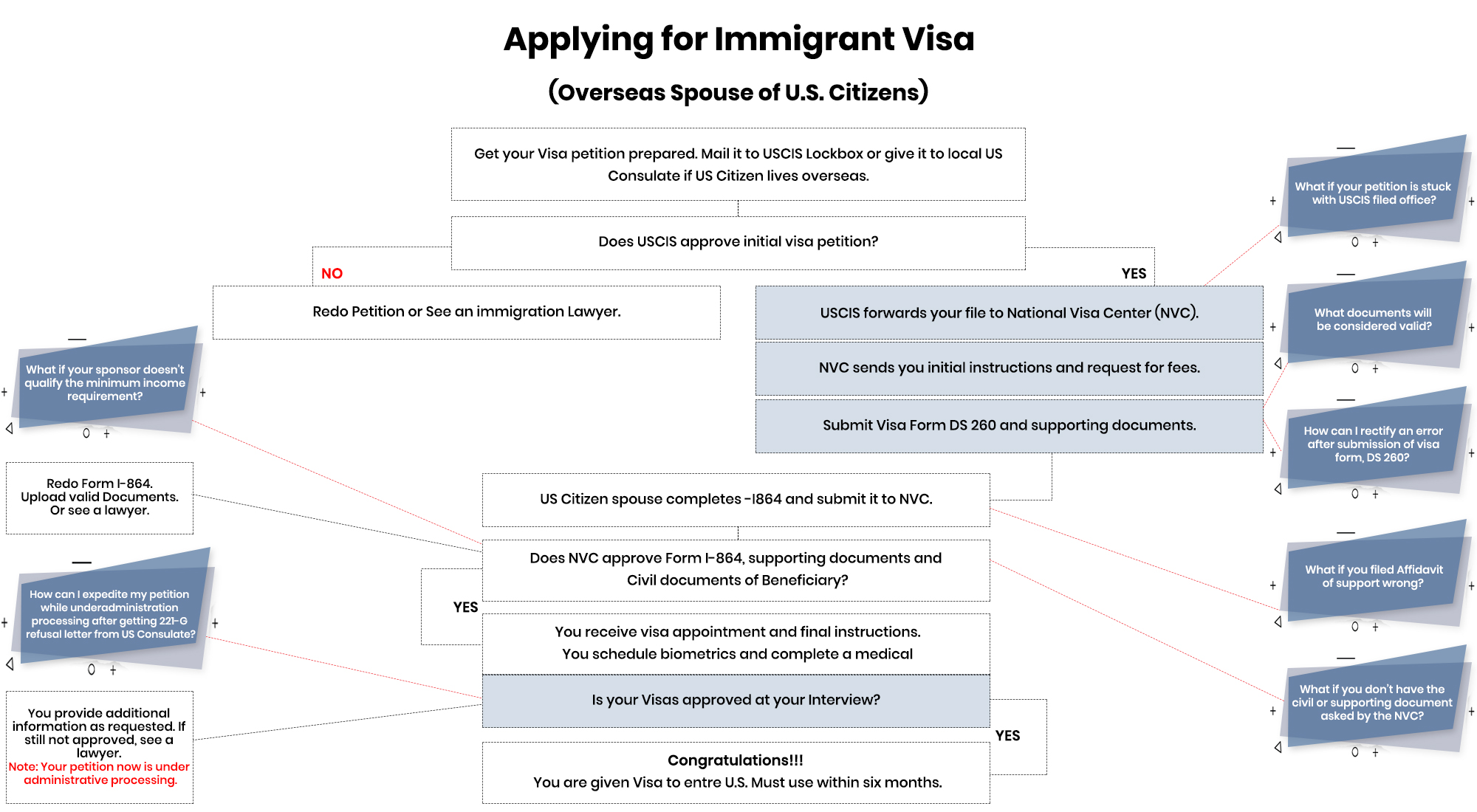Preference Category

Preference Category
Understand F1, F2A and F2B, F3 , F4 Preference Visa categories and how to Convert a Petition to a new Category.
There are main four Preference categories and people who immigrate fall into one of these. Check the below chart for Visa preference categories:
| Beneficiaries who falls under these categories | Category |
|---|---|
| 21 year old or over , Unmarried, Adult sons and daughters of U.S. citizens | F1- First Preference |
| Spouses and Unmarried children (under 21) of permanent residents | F2A- Second A Preference |
| Unmarried adult sons and daughters of permanent residents | F2B- Second B Preference |
| Married sons and daughters (any age) of U.S. citizens | F3-Third Preference |
| Brothers and sisters of adult U.S. citizens | F4-Fourth Prefernce |
As we all know that the date when preference visa petition is filed is called Priority Date. Preference Visa categories are subject to a quota system and each year there are limited number of visas available under each category, and that’s why there are limitations of visa availability. People who file are more, as compare to visas availability and thus this results in long waiting periods for prospective immigrants. It has been seen and experienced that because of this long wait people categories converts. Let’s dive deep into this matter and know all the details about conversion of the petition to a new category in below paragraph.
The petitioner’s immigration status change whenever a child ages out or there is a change in beneficiaries’ marital status. Although the petition stays alive but in a new category. This is really important to understand as many people get confused because of this conversation of petition into a new preference category. In most circumstances the beneficiary is able to retain his or her priority date which is a good thing but it applies only if it is as per a rule and rule says that in order to retain a petition and priority date kit is important that the new petitioner and beneficiary relationship must supports a family petition. It is to be noted that immediate relative are not subject to the presence system or priority dates unless their family status changes.
Let’s go through an example, 1 st preference to 3 rd preference and vice versa in order to understand it in easy way.
Meera , a single daughter of a US Citizen was waiting for her 1 st preference priority date to become current, but it was taking so long and in between she got married and now after marriage her preference category changed to 3rd Preference but this will not affect her much because she is an immediate relative of an US Citizen and a US Citizen can petition for her married son or daughter. Now in case if Meera the beneficiary gets divorced during the long wait for a current date then her preference category will again convert to the 1st Preference.
Unmarried son or daughter of a USC marries (a)
Married son or daughter of a USC divorces (b)
| Immediate relative | Spouses, Unmarried Children, & Parents of USC |
|---|---|
| First (F1) | Unmarried Sons/ Daughter of USC |
| Second (2A) | Spouses & Children of LPR |
| Second (2B) | Unmarried Sons/ Daughter of LPR |
| Third (F3) | Married Sons/ Daughter of USC |
| Fourth (F4) | Brothers and Sisters of USC’s |
Preference 2A to 2B:While waiting for a priority date to become currentif the child who is a beneficiary of an LPR under category 2A Preference reach the age of 21 then the petition will convert to 2B preference and thus priority date will be retained. Let’s understand this with the chart below.

Immediate Relative to 3rd Preference:The minor child under 21of a U.S. citizen marries (thus becoming a 3rd preference beneficiary).

Preference 2B to First Preference

Child or Daughter/Son of a Lawful Permanent Resident (Preference 2A or 2B)Marries: If the child or daughter/son of an LPR marries, he or she has nowhere to go in thepreference system because there is no visa category for married sons and daughters of lawfulpermanent residents. This means the visa petition is automatically revoked and he or she losesher priority date. If parent of a child naturalizes, thanthe newly naturalized parent can file a newpetition and the wait begins again.
| Immediate Relative | Spouses,Unmarried Children, & Parents of USC |
|---|---|
| First(F1) | Unmarried Sons/Daughter of USC |
| Second(2A) | Spouses & Children of LPR |
| Second(2B) | Unmarried Sons/Daughter of LPR |
| Third(F3) | Married Sons/Daughter of USC |
| Fourth(F4) | Brothers & Sisters of USC's |

